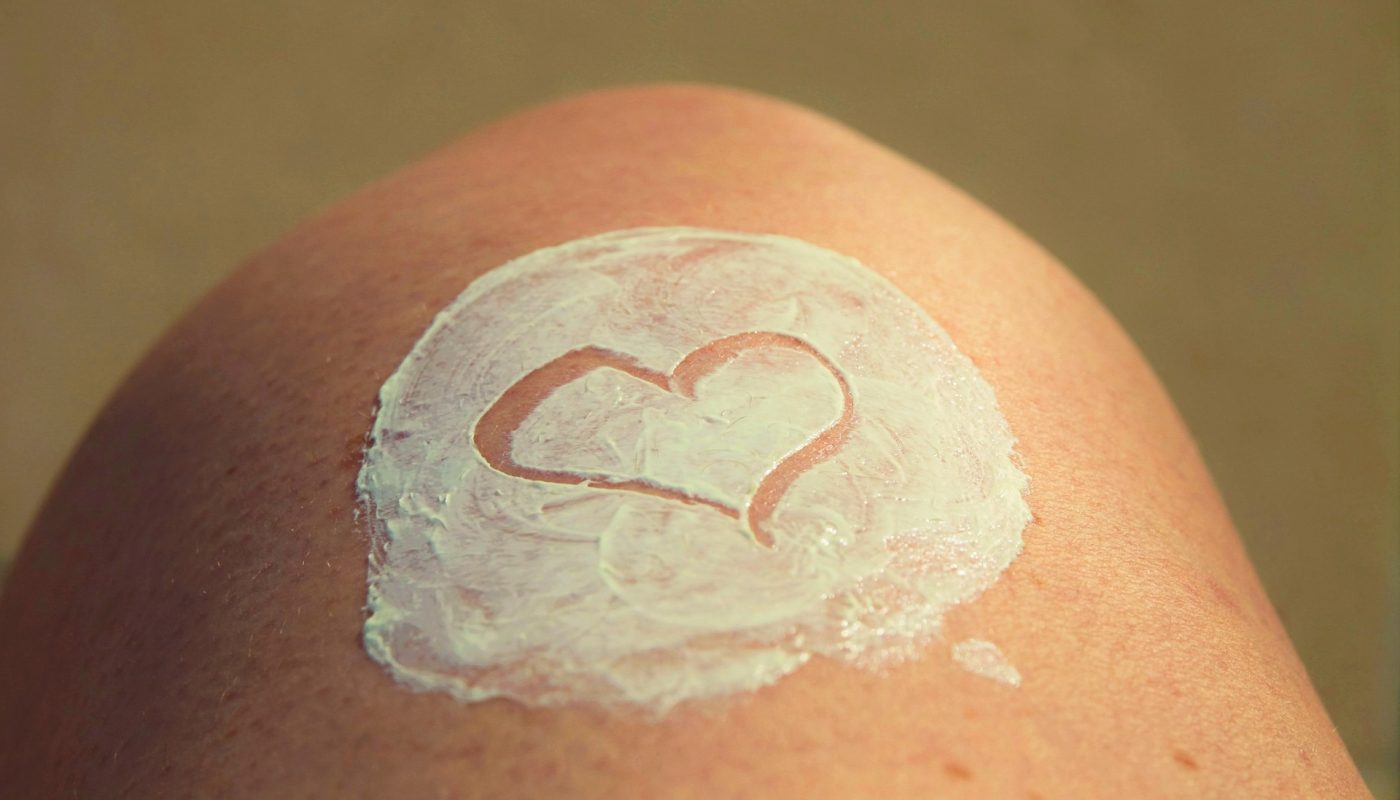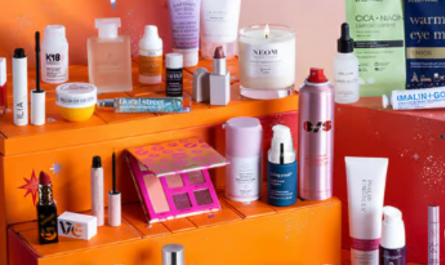Applying sunscreen thoroughly and avoiding missed spots is crucial for getting complete sun protection. Proper application can prevent painful sunburns, reduce skin cancer risks, and prevent pre-mature aging and wrinkles caused by UV damage. However, many people do not apply sunscreen correctly and miss common areas like the scalp, lips, and back of hands. With a few simple techniques and application hacks, you can cover all exposed skin and get maximum protection.
H2: Importance of Proper Sunscreen Application
Failing to apply sunscreen properly can greatly reduce its effectiveness and leave skin vulnerable to burns and damage. Just one missed spot can negate the sun-blocking benefits. Thorough application is key for several reasons:
- Prevent Sunburns: Just one small sunburn can increase risk of skin cancer. Applying sunscreen thoroughly prevents painful burns.
- Reduce Skin Cancer Risks: UV exposure is the #1 cause of most skin cancers. Completely covering the skin blocks cancer-causing rays.
- Ensure Full Sun Protection: Missed spots or sparse application prevents the sunscreen from working effectively. Covering all areas ensures full blocking of UVA/UVB rays.
H2: Common Areas Missed When Applying Sunscreen
When hurriedly applying sunscreen, there are several areas that often get overlooked:
- Ears: The tops and backs of the easily-missed ears get frequent sun exposure and are prone to burning.
- Scalp/Hair Part: Parted hair leaves the sensitive scalp exposed. The scalp can burn badly if unprotected.
- Backs of Hands and Feet: Hands and feet often get overlooked, leaving them vulnerable to UV damage and accelerated aging.
- Behind Knees and Inside Elbows: These creased areas are often missed but can burn badly.
- Lips: Lips lack melanin and burn easily without balms with SPF protection.
- Back of Neck: Hard to reach and see, the neck is a commonly missed spot that gets abundant sun exposure.
H2: Tips to Cover All Exposed Skin
Use these application tips to ensure complete sunscreen coverage:
- Use Spray or Lotion Formulas: Sprays make it easy to cover hard-to-reach spots. Lotions allow targeted application.
- Apply Before Dressing: Applying sunscreen over bare skin makes it easier to cover every inch.
- Reapply Frequently: Reapply at least every 2 hours and after swimming/sweating.
- Use Mirrors or Assistance: Ask a partner to help apply or use mirrors to see missed spots.
H2: Sunscreen Application Hacks
These clever tricks ensure even application and full protection:
- Use Brush/Sponge: Use a brush or makeup sponge for a thin, even layer over all exposed skin.
- Apply to Damp Skin: Apply sunscreen right after showering or swimming so skin absorbs it better.
- Layer Sun-Protective Clothing: Wear sun hats, sunglasses, and UV-blocking clothing for additional protection.
- Wear Broad-Brimmed Hats: Wide-brimmed hats help protect the scalp, face and neck.
- Use Sunscreen Sticks: Stick formulas are easy to apply precisely on lips, noses, ears, etc.
H2: Choosing a High-Quality Sunscreen
Look for sunscreens with these protective qualities:
- Broad Spectrum with SPF 30+: Broad spectrum blocks UVA/UVB rays. SPF 30 or higher is best.
- Water Resistant: Water-resistant formulas provide protection even when wet from swimming or sweating.
- Non-Comedogenic and Hypoallergenic: Formulas that won’t clog pores or cause irritation.
H3: Conclusion
Applying sunscreen thoroughly over all exposed skin is crucial to gain its full protective benefits. Use spray formulas, enlist help, and incorporate sunscreen sticks and protective clothing to avoid missed spots. Consistent, proper application protects your skin now and reduces the risk of skin cancer in the future. Make sun safety a daily habit with these useful application hacks. Your skin will thank you.
H3: FAQs
Q: How often should you reapply sunscreen throughout the day?
A: Reapply at least every 2 hours, and more frequently if swimming or sweating heavily. Sunscreen wears off over time and needs frequent reapplication for continued protection.
Q: What SPF level is recommended for daily use?
A: Dermatologists recommend using a broad spectrum sunscreen with an SPF of at least 30 for adequate protection, even on cloudy or cool days.
Q: What sunscreens are best for the face?
A: Look for lightweight, non-comedogenic formulas made specifically for the face to avoid clogged pores and breakouts. Mineral sunscreens often work well on acne-prone skin.
Q: Should you put sunscreen on before or after face moisturizer?
A: Apply sunscreen as the last step of your skincare routine. It needs to go directly on the skin to form an effective protective barrier.
Q: What sunscreen ingredients should you avoid if you have sensitive skin?
A: Avoid oxybenzone, avobenzone, octisalate, and fragrance, which can irritate sensitive skin. Opt for mineral/physical sunscreens with zinc oxide or titanium dioxide.




